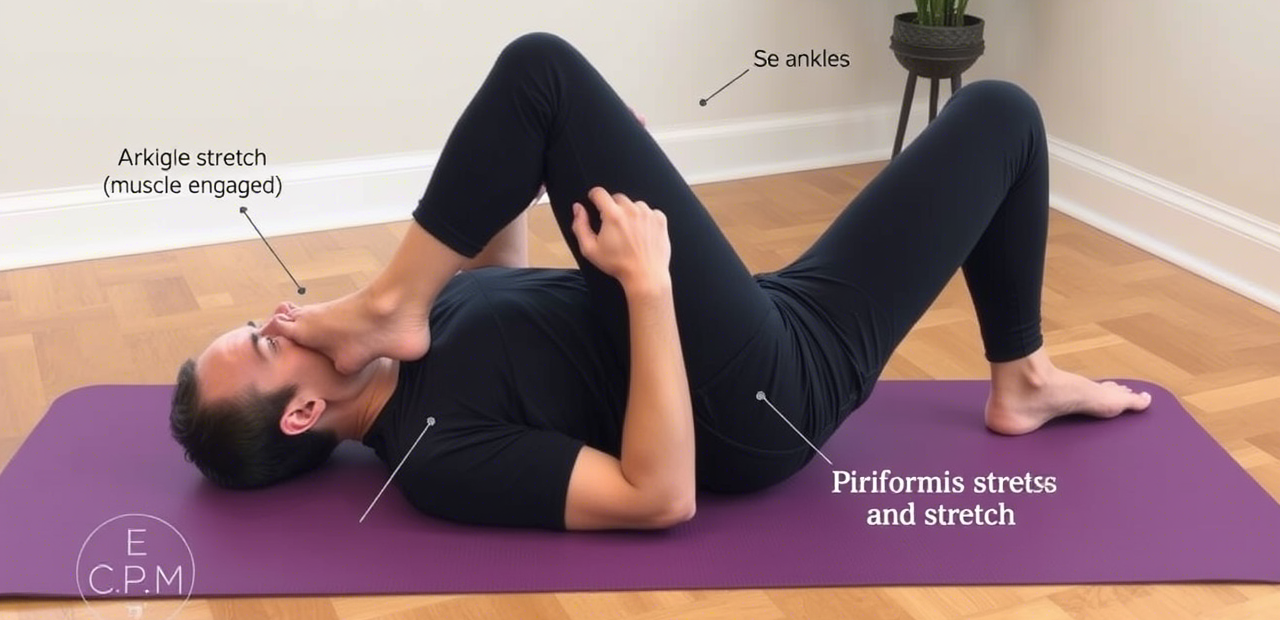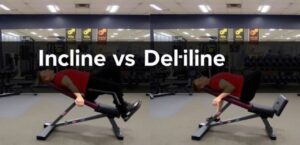If you’ve ever experienced a sharp, nagging pain deep in your glutes that radiates down your leg, you might be familiar with piriformis syndrome. This little muscle, tucked deep within your buttocks, can cause big problems when it becomes irritated or tight—often pressing against the sciatic nerve and mimicking sciatica. Whether you’re an athlete, a desk dweller, or just someone who wants to move pain-free, understanding how to manage piriformis syndrome can make all the difference. In this guide, we’ll explore the exercises to avoid that can worsen symptoms, and more importantly, share seven soothing stretches that can bring real relief.
🛑 Exercises to Avoid With Piriformis Syndrome
Certain exercises, while beneficial for many, can aggravate the piriformis and intensify symptoms. It’s essential to steer clear of these movements until the muscle is fully healed or professionally cleared.
High-Impact and Strain-Inducing Movements
- Deep squats that put pressure on the glutes and hips
- Lunges with poor form or heavy weights
- Leg presses that hyper-compress the lower back
- Running on hard surfaces without proper shoes
- Stair climbing machines with fast tempo
- Deadlifts with heavy loads
- Plyometric exercises like jump squats
- Cycling for extended periods with poor posture
- Intense HIIT sessions that involve explosive lower body moves
- Martial arts or kickboxing that involve repeated kicking
- Long-distance running without warm-up or cooldown
- Hiking steep inclines without hip preparation
- Side-lying leg raises without support
- Seated rowing machines with hip strain
- Yoga poses that involve extreme hip rotation (e.g., pigeon pose for some)
- Prolonged sitting leg lifts
- Heavy kettlebell swings
- Step-ups with too high a platform
- Sprint drills on uneven surfaces
- Weighted hip abduction machines
✅ 7 Best Stretches for Piriformis Syndrome Relief
These carefully selected stretches are designed to gently release tension in the piriformis, promote mobility, and reduce nerve compression. Practice them consistently, and you’ll likely notice improvement in pain and flexibility.
1. Supine Piriformis Stretch
- Lie on your back and gently cross one leg over the other
- Pull the uncrossed leg toward your chest, stretching the piriformis
- Hold for 20–30 seconds, breathing deeply
- Great for beginners and easy to do in bed
2. Seated Piriformis Stretch
- Sit in a chair, cross one ankle over the opposite knee
- Lean forward slightly while keeping your back straight
- Feel the stretch deep in your glutes
- Perfect for office breaks or long travel hours
3. Figure 4 Stretch
- Lie on your back with knees bent
- Cross one ankle over the opposite knee
- Reach behind the uncrossed thigh and gently pull toward your chest
- A fantastic passive stretch to unwind at the end of the day
4. Knee-to-Opposite-Shoulder Stretch
- Lie flat and bend one knee
- Gently pull the bent knee toward the opposite shoulder
- This targets both the piriformis and lower glute muscles
- Ideal for pinpointing nerve compression relief
5. Pigeon Pose (Modified)
- Start in a tabletop position and slide one leg forward
- Keep your hips squared and don’t force the stretch
- Modify with cushions if needed to avoid over-rotation
- Helps open the hips and lengthen the piriformis
6. Standing Hamstring Stretch
- Stand with one leg on an elevated surface
- Keep your back straight and gently lean forward
- Loosens hamstrings which can reduce piriformis compensation
- Do this before workouts or long walks
7. Hip Bridge with a Squeeze
- Lie on your back with knees bent
- Place a pillow or ball between knees and lift hips
- Squeeze gently as you lift to engage glutes evenly
- Builds supportive strength without strain
🌟 Final Thoughts
Managing piriformis syndrome takes patience, the right stretches, and a bit of body awareness. By avoiding the wrong moves and embracing gentle, purposeful stretching, you’re giving your body the best chance to heal and thrive. These seven stretches aren’t just a relief for now—they’re tools for long-term mobility and strength. Be kind to your hips, listen to your body, and stretch with intention. Your glutes will thank you later!

Emily Rose Johnson is a passionate writer with a knack for crafting engaging content. She specializes in communication strategies, digital marketing, and creative storytelling.









